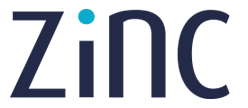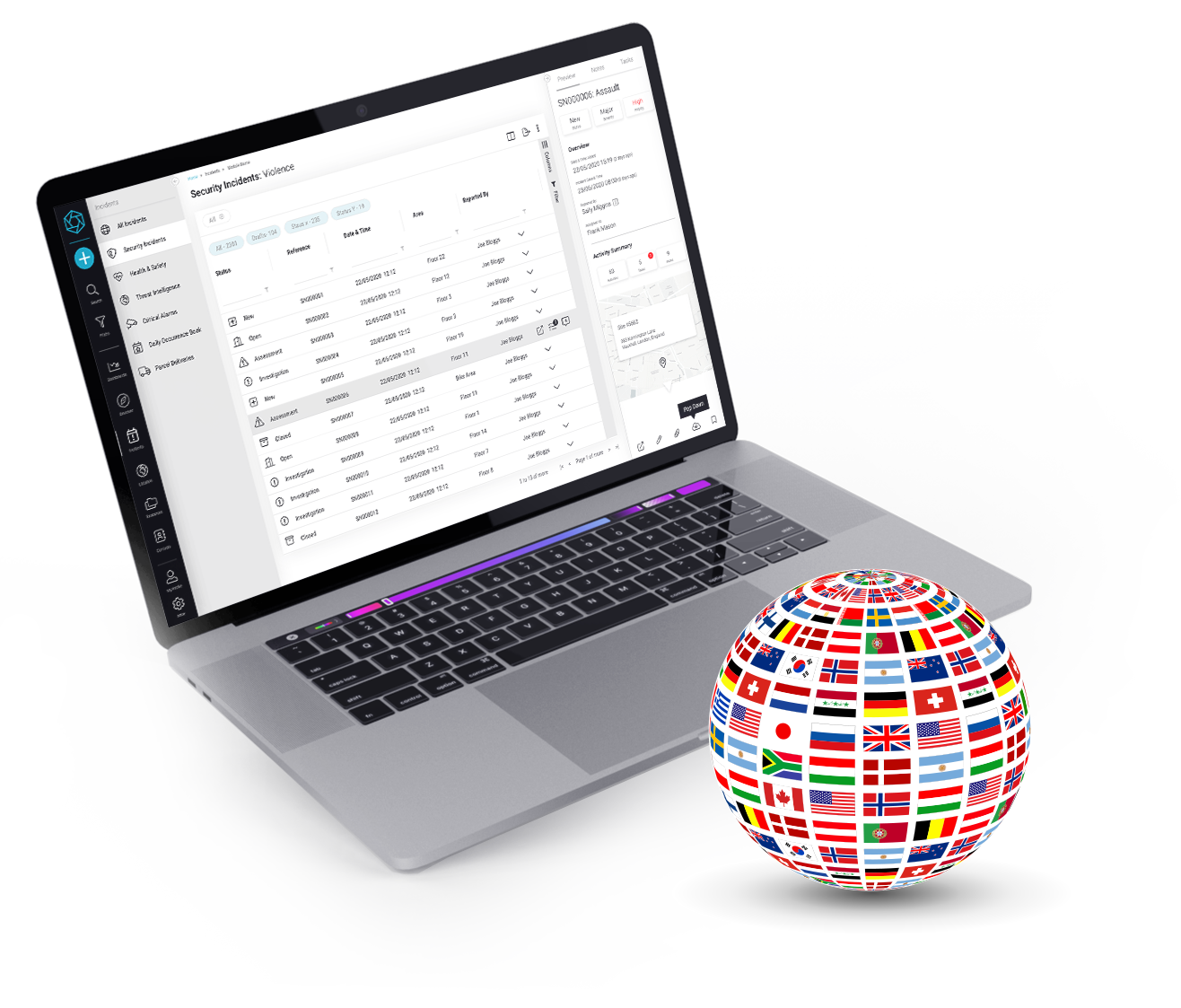Google Translate supports 133 languages, enabling communication across a vast array of linguistic barriers. The service has expanded over the years to include a diverse range of languages, from widely spoken ones to those specific to smaller communities. In a notable update, Google added 24 new languages, among them indigenous languages of the Americas like Quechua, Guarani, and Aymara, as well as languages from other parts of the world such as Assamese, Bambara, and Bhojpuri. This expansion is aimed at making the tool more inclusive, ensuring that more people around the globe can benefit from its capabilities (blog.google).
For a comprehensive list of all the languages supported by Google Translate, including the recent additions, you might want to visit the official pages and resources that detail these updates and the technology behind them (Wikipedia).
Top 20 languages
The top 20 most spoken languages in the world as of 2024 highlight the vast diversity and the linguistic richness of our global community. Here's a summarisation of the top 20 languages that have the widest reach, based on the total number of speakers - all of which are available on our platform.
- English - Extensively recognised as a global lingua franca, English dominates as the most widely spoken language.
- Mandarin - Predominantly spoken in China, Mandarin has the highest number of native speakers worldwide (Berlitz).
- Hindi - Serving as one of the official languages of India, Hindi enjoys a vast number of speakers across the country and beyond.
- Spanish - With its roots in Spain, Spanish has spread widely across the Americas, making it one of the most spoken languages globally.
- French - Known for its cultural and historical significance, French is spoken across multiple continents, reflecting France's colonial past.
- Modern Standard Arabic - Serving as a unifying language among the Arabic-speaking countries, Modern Standard Arabic has no native speakers but is widely understood.
- Bengali - Primarily spoken in Bangladesh and parts of India, Bengali is one of the most spoken languages in the world due to the high population density of the regions where it is spoken.
- Russian - As the most widely spoken language in Europe, Russian's influence stretches across Eurasia.
- Portuguese - With Brazil being the most populous Portuguese-speaking country, the language has a significant number of speakers in South America and parts of Africa (Yahoo Finance).
- Urdu - Serving as the national language of Pakistan and spoken in parts of India, Urdu is known for its poetic tradition.
- Indonesian - As the official language of Indonesia, Indonesian acts as a lingua franca among the country's diverse ethnic groups (Lingua).
- German - German is not only spoken in Germany but also in Austria, Switzerland, and other parts of Europe.
- Japanese - The cultural output of Japan has increased the popularity of Japanese, spoken predominantly within the country.
- Nigerian Pidgin - An English-based creole language in Nigeria, it facilitates communication among the country's numerous ethnic groups.
- Marathi - Spoken mainly in the Indian state of Maharashtra, Marathi has a rich literary tradition.
- Telugu - This language is mainly spoken in the Indian states of Andhra Pradesh and Telangana.
- Turkish - As the official language of Turkey, Turkish also has speakers in Cyprus and some European countries.
- Tamil - One of the world’s oldest languages, Tamil is spoken by communities in India, Sri Lanka, and Singapore.
- Vietnamese - The official language of Vietnam, Vietnamese is noted for its tonal nature.
- Korean - Spoken in both North and South Korea, Korean is gaining international learners due to the global influence of Korean culture (Yahoo Finance) (Lingua).
These languages cover a vast spectrum of cultures and geographies, underscoring the importance of linguistic diversity in global communication, culture, and business.
Iconic & tall buildings
Real estate portfolios
Venues & events
Studios & entertainment
Retail stores & supply chain
Critical national infrastructure
Security & FM service providers
Emergency responders







 +44 (0)1604 598989
+44 (0)1604 598989